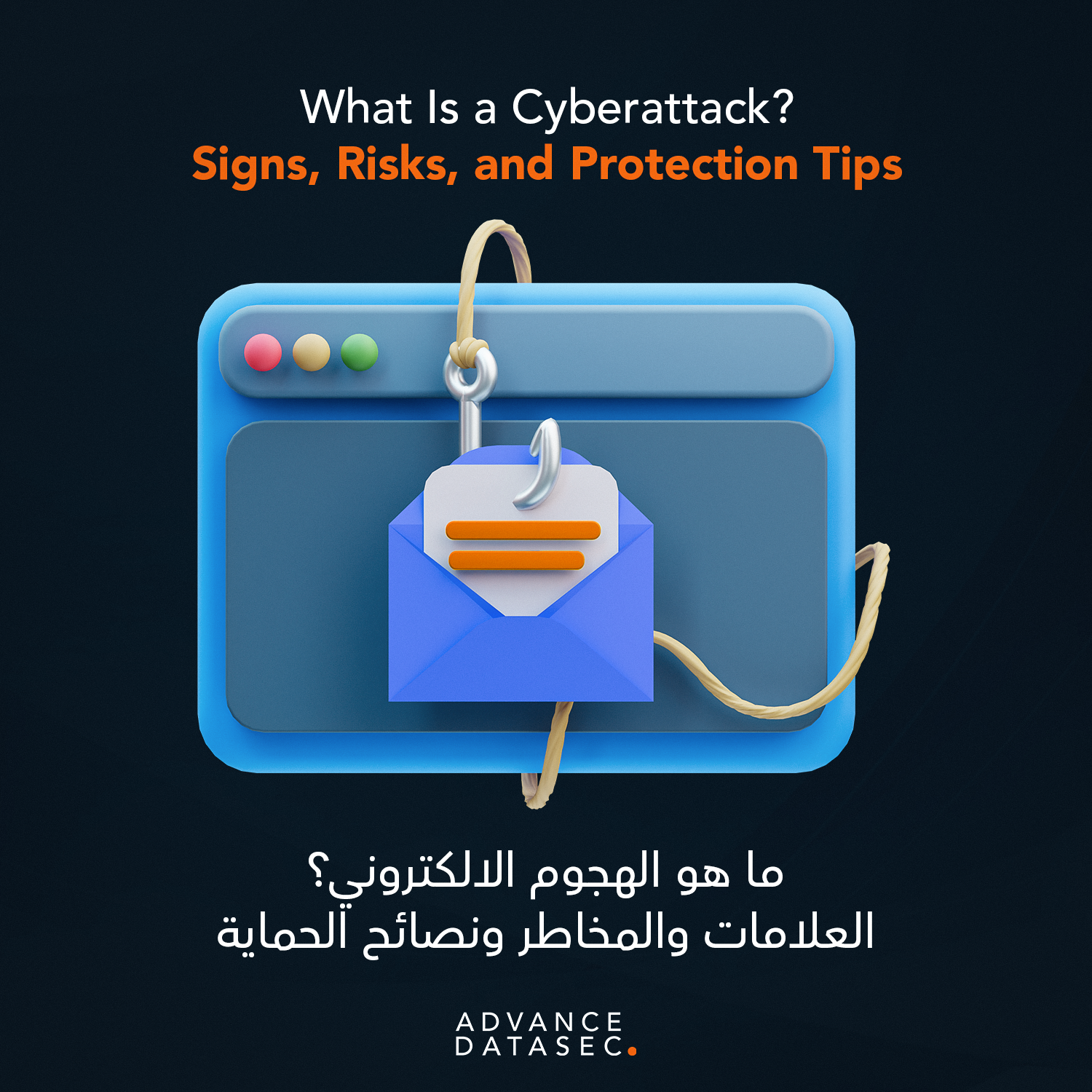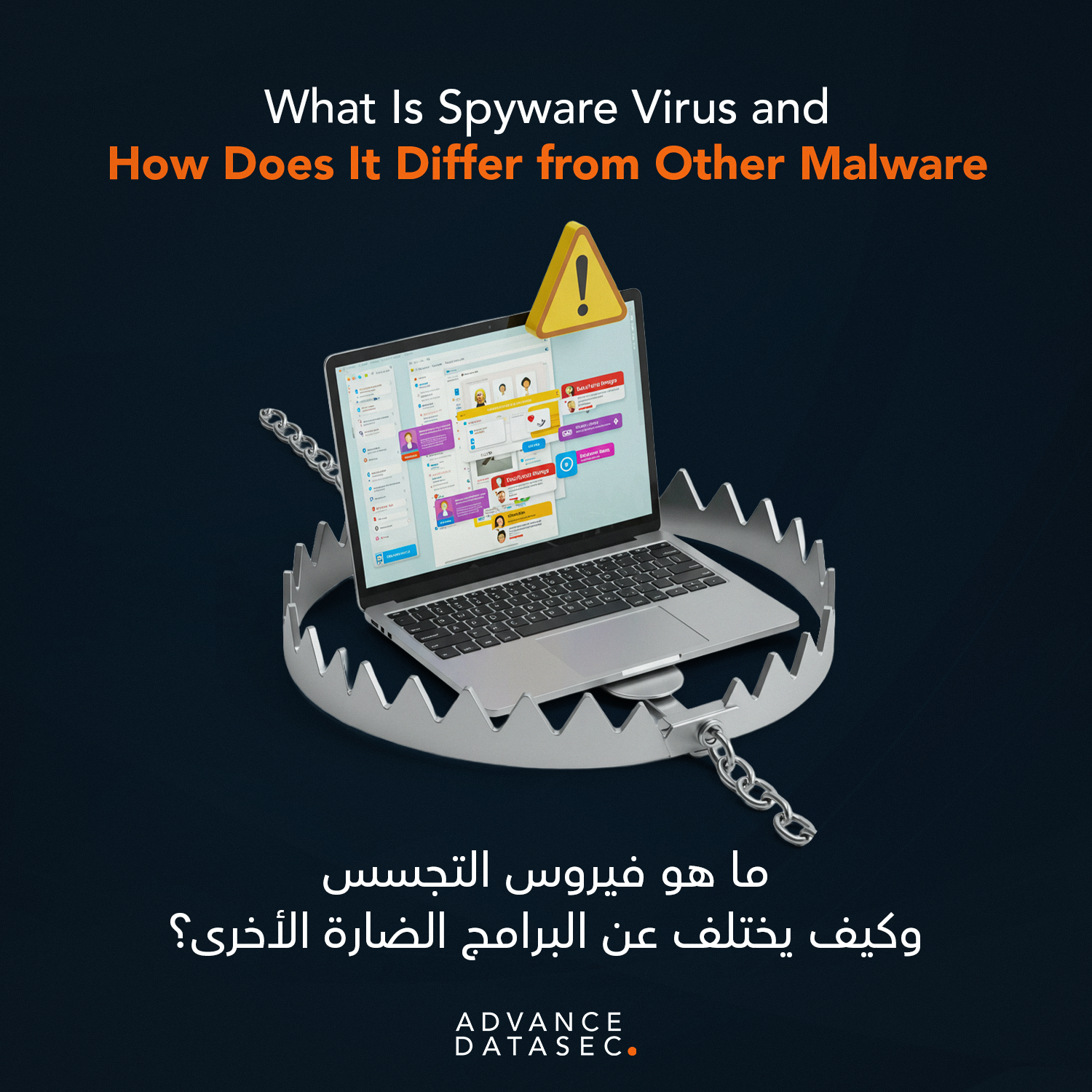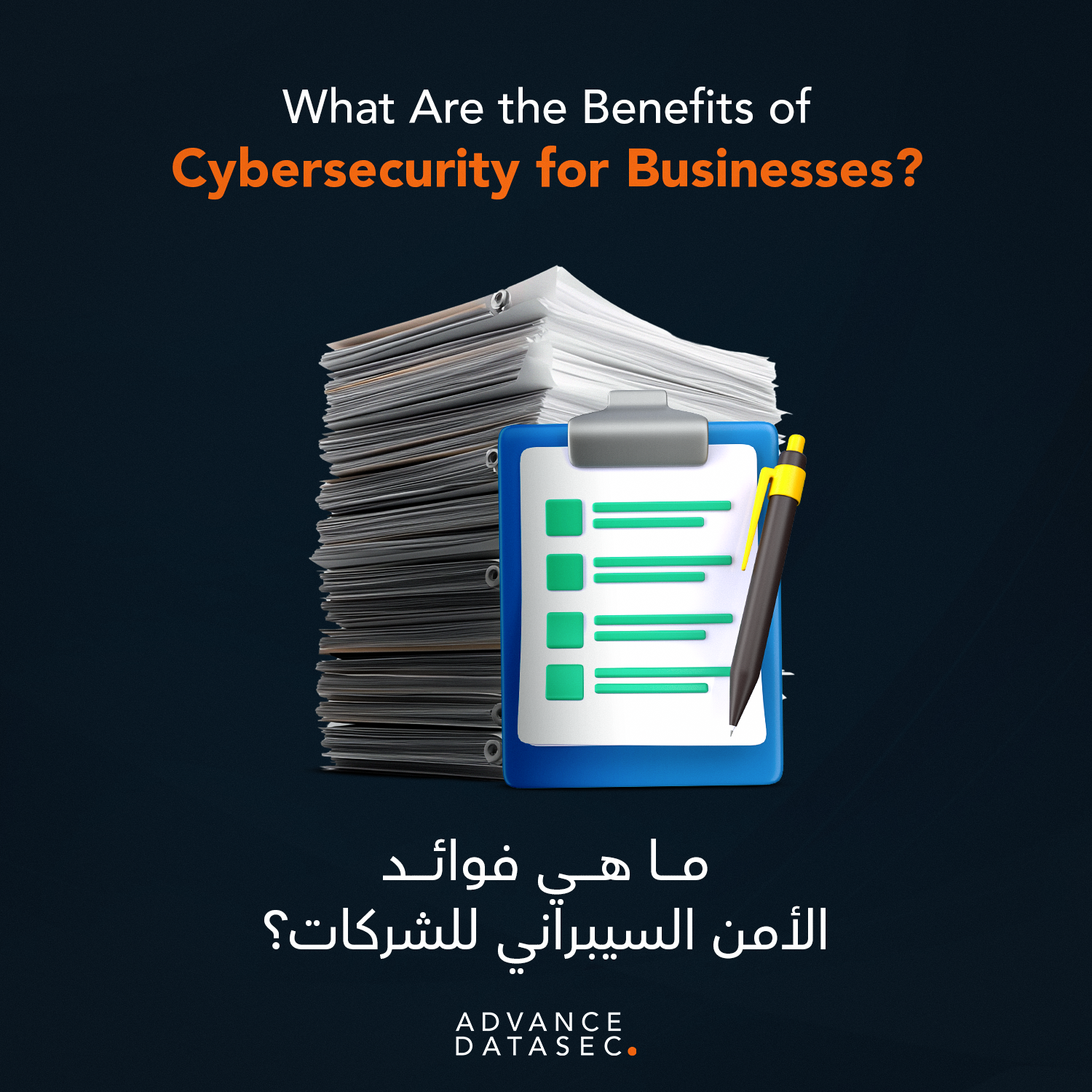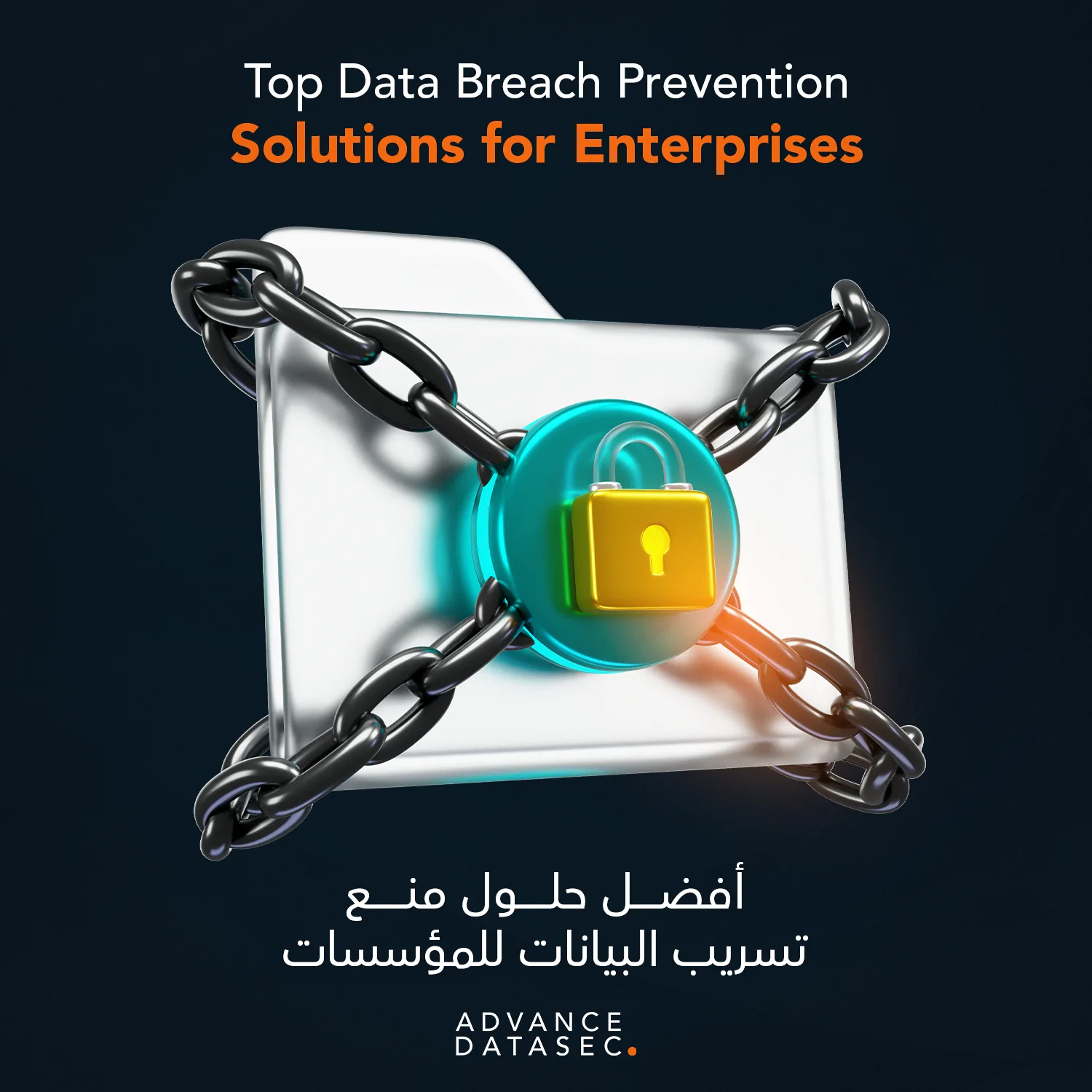In the ever-evolving world of cyber threats, understanding the different types of malicious software is crucial for building a strong defense. While terms like “virus” and “malware” are often used interchangeably, the landscape of cyber threats is far more nuanced. One of the most insidious and stealthy forms of malicious software is spyware. So, what is spyware virus and how does it distinguish itself from the vast array of other malware? Unlike a typical virus that aims to corrupt files or a ransomware that locks you out of your data, spyware’s primary goal is to remain hidden and secretly monitor your activity. This silent threat can compromise not only your privacy but also the security of your most sensitive information, making it a serious concern for individuals and businesses alike.
The Core Function of Spyware: Covert Surveillance
At its heart, spyware is a type of malware designed to spy on you. Its name, a portmanteau of “spy” and “software,” perfectly describes its function. It installs itself on a computer or mobile device without the user’s knowledge or consent. Once installed, it collects a wide range of information about the user’s activities. This can include:
- Keystroke Logging: Recording every key you press, which can capture passwords, credit card numbers, and confidential messages.
- Screenshots and Screen Recording: Taking snapshots or videos of your screen activity.
- Webcam and Microphone Hijacking: Secretly activating your device’s camera and microphone to record what you’re doing or saying.
- Browser History and Search Queries: Monitoring your online behavior to build a profile of your interests and habits.
- Email and Chat Monitoring: Reading your private communications.
The data collected by spyware is then transmitted to a third party, typically a cybercriminal, who can use it for various malicious purposes, such as identity theft, financial fraud, or corporate espionage. The stealthy nature of spyware is its most dangerous characteristic. It’s designed to be difficult to detect, often consuming minimal system resources to avoid raising suspicion. The question, what is spyware virus, really centers on this hidden, data-stealing capability.
Spyware vs. Other Types of Malware: Key Differences
While spyware falls under the broad category of malware, it has a distinct purpose that sets it apart from other malicious software. Understanding these differences is key to implementing a layered defense strategy.
- Viruses: A traditional computer virus is a piece of code that attaches itself to legitimate programs and files. It requires a host program to spread and, once executed, it can replicate and often aims to corrupt or destroy data. The primary goal of a virus is often destruction or disruption, whereas spyware is focused on data theft and surveillance. The term “what is spyware virus” can be misleading, as spyware isn’t a “virus” in the classic sense; it’s a separate class of malware with its own unique modus operandi.
- Ransomware: This type of malware is designed to lock users out of their data or systems. It encrypts files and demands a ransom payment in exchange for the decryption key. Ransomware’s presence is immediately and aggressively known to the user, a stark contrast to the covert nature of spyware. Ransomware aims for immediate financial gain through extortion, while spyware’s monetization is more indirect and long-term through the sale of stolen data.
- Adware: While often less malicious, adware is software that automatically displays or downloads unwanted advertisements. It can slow down your system and be a major nuisance, but its primary goal is to generate revenue for the creators through ad clicks, not to steal your data covertly. Some aggressive forms of adware may blur the line by tracking your browsing habits, but they aren’t the same as pure spyware.
- Trojans (Trojan Horses): A Trojan is a type of malware that disguises itself as a legitimate piece of software. Users are tricked into downloading and installing it, at which point the malicious code is activated. Many types of malware, including spyware, are delivered via Trojans. So, a Trojan is a delivery mechanism, while spyware is the payload. You might ask, “what is spyware virus,” but it’s more accurate to say that spyware is often delivered through a Trojan, which tricks the user into installing it.
- Rootkits: A rootkit is designed to gain root-level (administrator) access to a system and hide its presence and the presence of other malicious software. It can make it virtually impossible for security software to detect and remove threats. A rootkit can be used in conjunction with spyware to ensure the spyware remains undetected for a prolonged period.
The Risks of Spyware to Businesses
For businesses, the threat of spyware is particularly severe. It can lead to:
- Intellectual Property Theft: Competitors or state-sponsored actors can use spyware to steal trade secrets, proprietary algorithms, and confidential business plans.
- Financial Fraud: Spyware can capture banking credentials, credit card information, and other financial data, leading to direct monetary loss.
- Reputational Damage: A data breach resulting from spyware can erode customer trust and cause irreparable harm to a company’s brand.
- Compliance Violations: The loss of customer data can lead to severe fines and penalties under data protection regulations like GDPR or local standards in Saudi Arabia.
Because spyware operates in the background, a business may not even realize it has been compromised until it’s too late. This is why a proactive, layered defense strategy is essential. The question, “what is spyware virus,” for a business should lead to a discussion of detection and prevention.
How to Protect Yourself from Spyware
Protecting yourself and your business from spyware requires a multi-faceted approach.
- Use Reputable Security Software: Employing robust endpoint security solutions with EDR (Endpoint Detection and Response) capabilities is critical. These tools go beyond traditional antivirus by using behavioral analysis to detect and neutralize new and unknown threats like fileless spyware.
- Be Wary of Suspicious Downloads: Be cautious about downloading software from unverified sources. Spyware is often bundled with free software, games, or pirated content.
- Practice Good Phishing Awareness: Phishing emails are a common delivery method for Trojans that carry spyware. Learn to identify and avoid suspicious links and attachments.
- Keep Your Systems Updated: Regularly update your operating system and all software. Software patches often contain critical security fixes that close loopholes exploited by malware.
- Use a Firewall: A firewall can monitor and block suspicious network traffic, preventing spyware from communicating with its command-and-control server.
Conclusion: A Proactive Defense is Your Best Bet
The answer to “what is spyware virus” is that it’s a silent and cunning threat designed for data theft and surveillance. Its covert nature makes it particularly dangerous, as it can operate for extended periods without detection, causing significant damage. Unlike other malware that announces its presence through destruction or extortion, spyware’s power lies in its stealth. To combat this threat effectively, it’s not enough to rely on basic antivirus. A comprehensive, multi-layered security strategy that includes advanced endpoint protection, employee training, and a strong understanding of different malware types is essential.
Ready to Fortify Your Business Against Spyware?
Protecting your business from sophisticated threats like spyware requires expert knowledge and proactive solutions. At Advance DataSec, we specialize in a full suite of defensive cybersecurity services, including Endpoint Security, Incident Response, and Digital Forensics. Our team of specialists can help you implement a tailored security framework, conduct vulnerability assessments, and provide the training necessary to protect your organization’s most valuable assets. Don’t let a silent threat compromise your future. Contact Advance DataSec today to secure your digital environment.
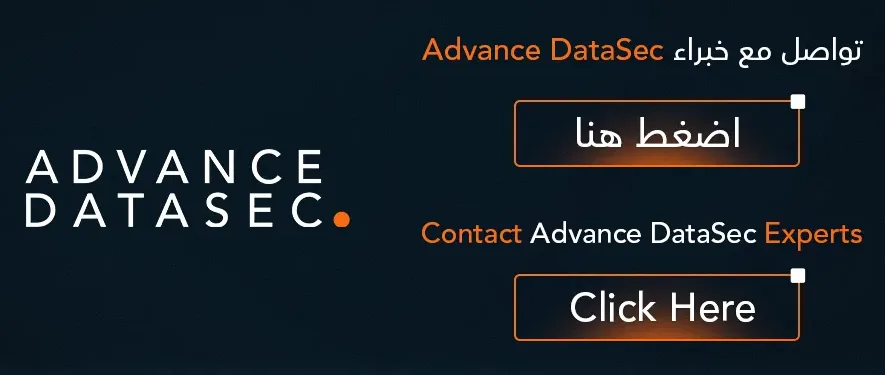
For more articles:

